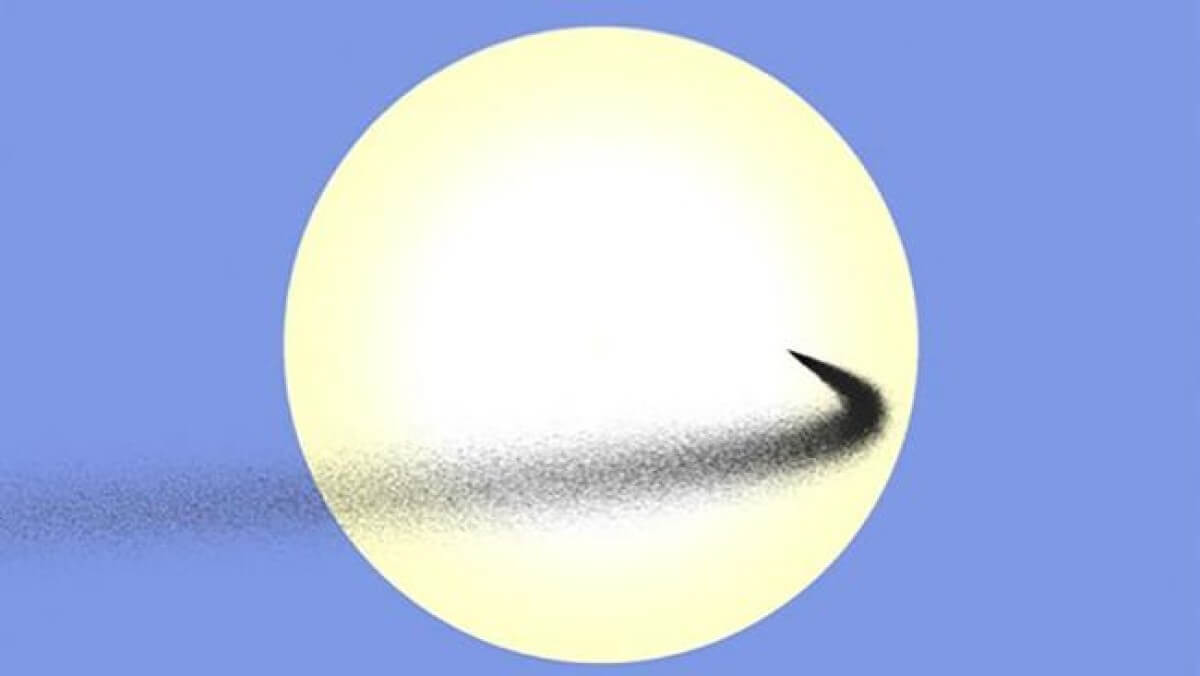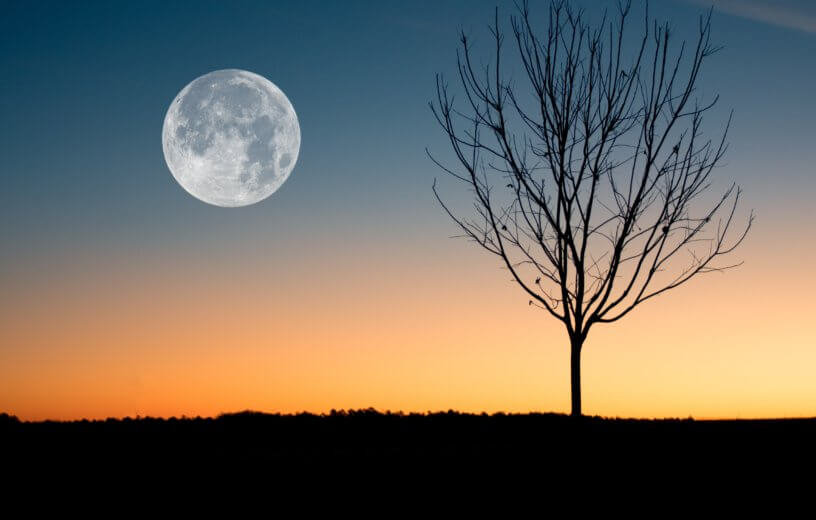CAMBRIDGE, Mass. — Stopping climate change from roasting the environment may come down to an out-of-this-world plan. Scientists at the Center for Astrophysics | Harvard & Smithsonian and the University of Utah believe the answer to ending global warming could be sprinkling dust from the Moon around our planet. This would create a giant “space umbrella” — protecting Earth against solar radiation.
Intercepting a fraction of sunlight mitigates the effects of climate change, the team says. Diverting only one to two percent may be enough to take the planet back to pre-industrial days.
“It is amazing to contemplate how moon dust — which took over four billion years to generate — might help slow the rise in the Earth’s temperature, a problem that took us less than 300 years to produce,” says study co-author Scott Kenyon of the Center for Astrophysics in a media release.
An analysis found launching dust to an orbiting satellite would be the most effective strategy, but the plan is likely too costly and difficult to carry out. Using lunar dirt is a much easier and cheaper alternative. The team likens their idea to astronomical dust that forms around a star. These rings intercept the light and re-direct it. In astronomy, this phenomenon helps scientists detect new planets out in space.
“That was the seed of the idea; if we took a small amount of material and put it on a special orbit between the Earth and the sun and broke it up, we could block out a lot of sunlight with a little amount of mass,” says lead author Ben Bromley, professor of physics and astronomy at the University of Utah.
Does Earth need its own set of rings?
A computer simulation shows that the dust shield can cast intermittent shadows across the planet, lasting long enough to provide adequate shading.
“Because we know the positions and masses of the major celestial bodies in our solar system, we can simply use the laws of gravity to track the position of a simulated sunshield over time for several different orbits,” says study co-author and Utah undergraduate student Sameer Khan.
The researchers mimicked dust launched from the surface of the Moon towards the Sun. Inherent properties were just right to work as a solar shield. They scattered the material along various courses until identifying the most ideal trajectories on a line between Earth and the Sun.

The results give scientists a welcome alternative to their original plan, needing much less energy to launch dust from the Moon than from Earth. The amount of dust in a solar shield is large, comparable to the output of a big mining operation here on Earth. Furthermore, the discovery of the best locations means delivery to a separate space station may not be necessary.
In any event, positioning a platform at the closest point between Earth and the Sun, where gravitational forces are balanced, was not as effective. Solar winds, radiation, and gravity easily blew the dust off course. An endless supply of new dust would be necessary every few days after the initial spray dissipates.
“It was rather difficult to get the shield to stay at L1 long enough to cast a meaningful shadow,” Khan says.
Space dust could be a ‘game changer’ in the climate battle
Space sunshades have support in high places, from NASA to the European Union. They have even raised interest from the Intergovernmental Panel on Climate Change (IPCC). First conceived by engineer James Early in 1989, the original design was a vast 1,250-mile-wide glass shield.
“We aren’t experts in climate change, or the rocket science needed to move mass from one place to the other. We’re just exploring different kinds of dust on a variety of orbits to see how effective this approach might be. We do not want to miss a game changer for such a critical problem,” says Bromley.
Replenishing dust streams every few days also has an advantage. Eventually, the Sun’s radiation disperses the particles throughout the solar system. They do not fall onto Earth. The approach would not create a permanently cold, uninhabitable planet as in the 2013 climate disaster movie “Snowpiercer.”
The study is published in the journal PLOS Climate.
South West News Service writer Mark Waghorn contributed to this report.

